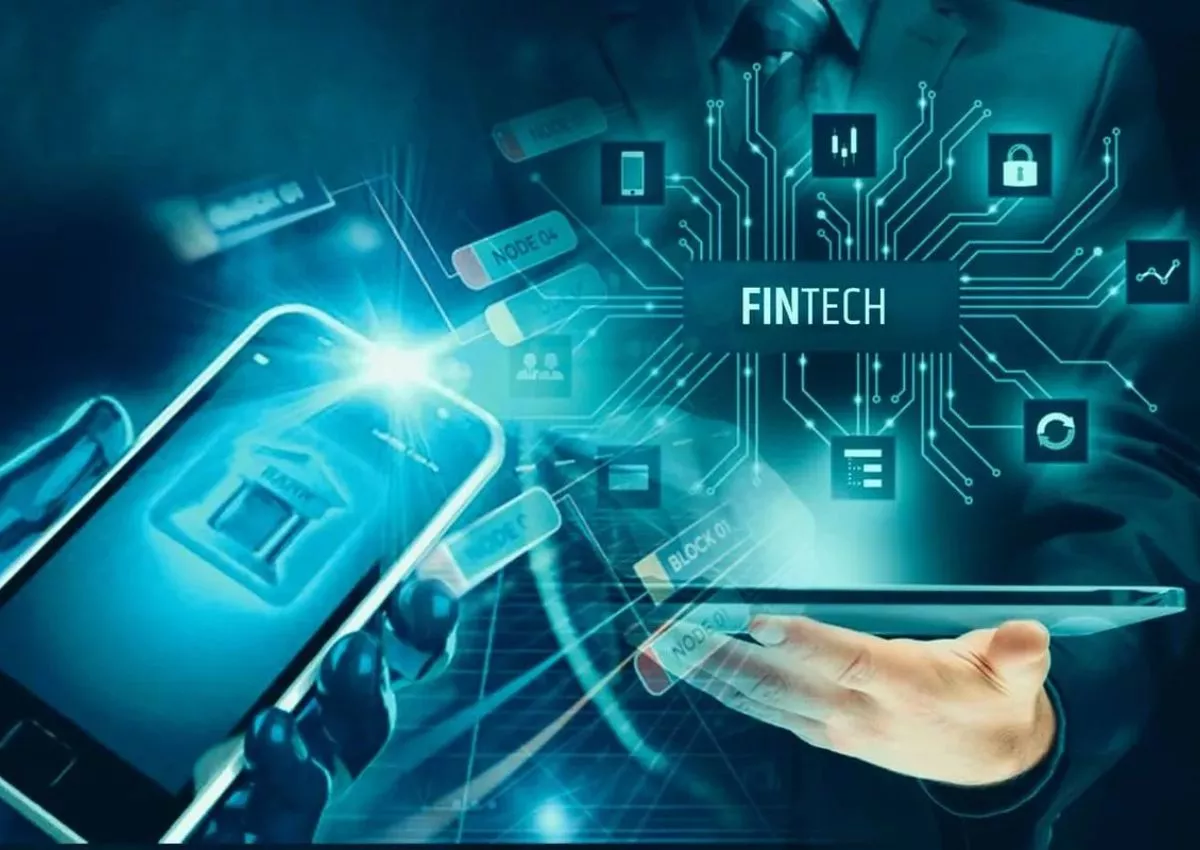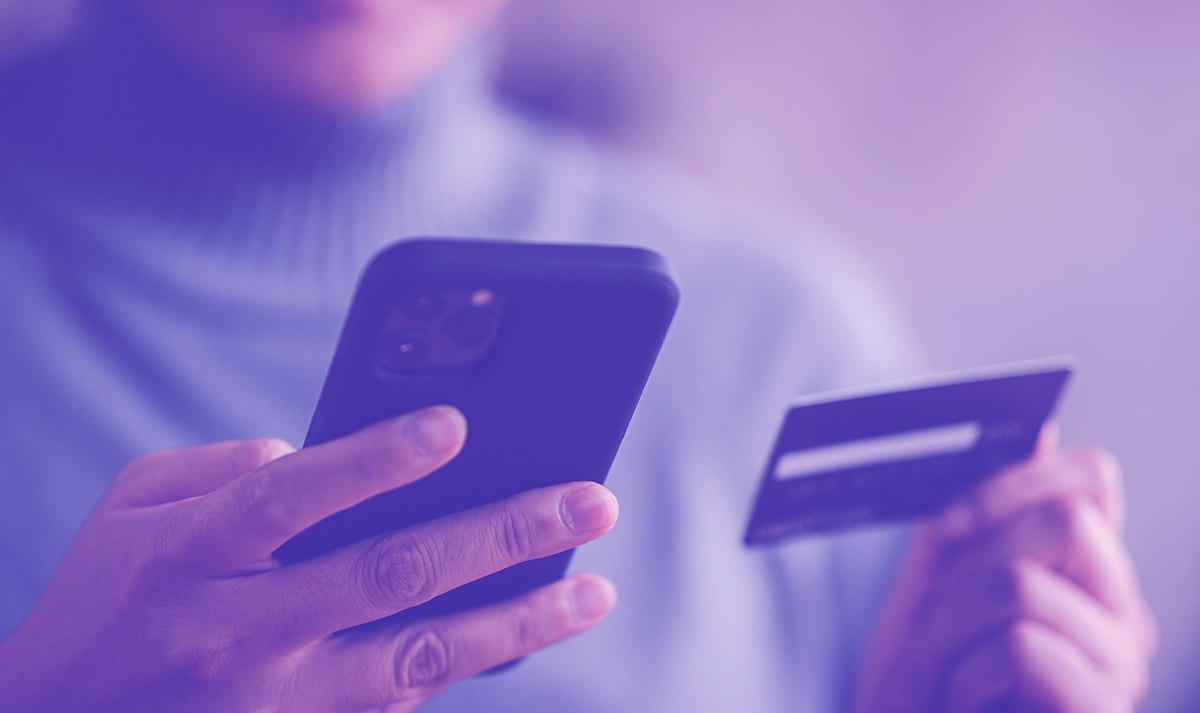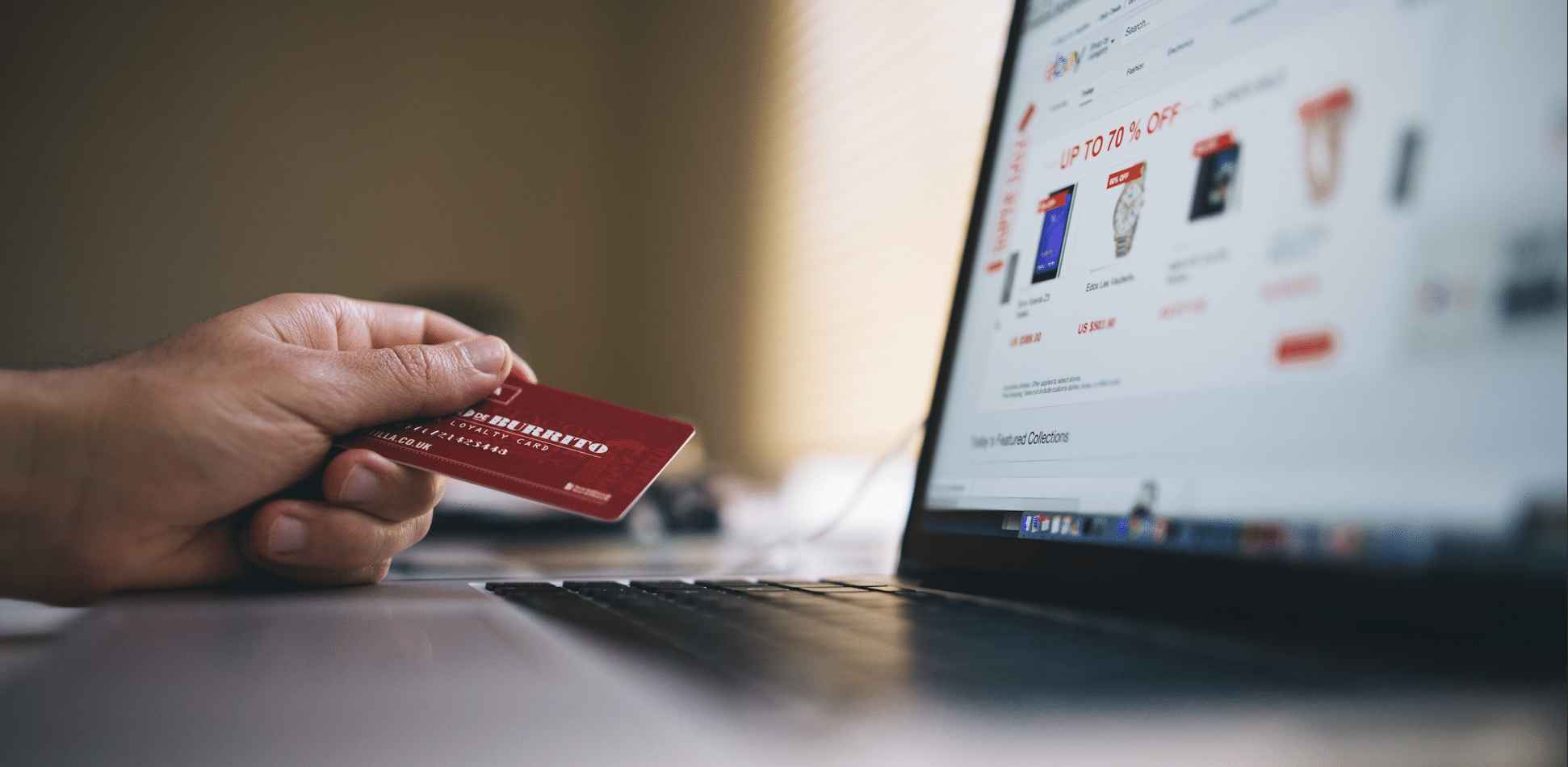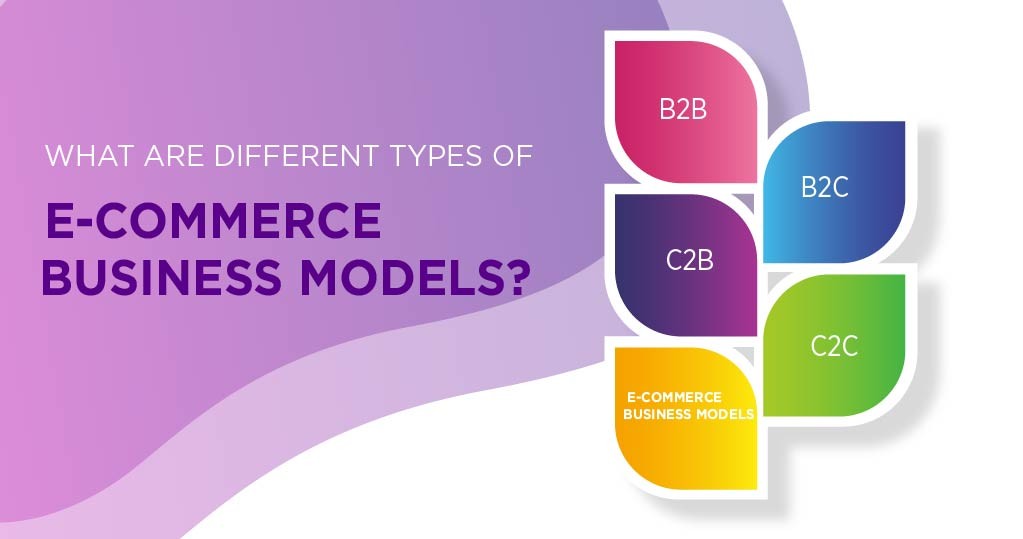Mobile payment security vulnerabilities are a real threat today, more than ever. Imagine standing in line, phone in hand, ready to tap and pay for your coffee. It’s quick, it’s easy, but is it safe? With every tap, you could be exposing your financial details to unseen dangers lurking in digital shadows. From the sneaky fraudsters looking to drain your wallet to the hackers eager to exploit even the smallest crack in your phone’s armor, threats are everywhere. So, before you make your next contactless purchase, let’s dive deep into the risks that could be putting your money at risk. Whether it’s the NFC payment hacking you’ve heard whispers about or those pesky payment app frauds, I’m here to unpack it all with expert insights and real-world advice. Stay tuned!
Understanding the Landscape of Mobile Payment Risks
The Growing Threat of Payment App Fraud
Imagine you’re buying coffee with your phone. It’s easy, right? But did you know, scammers are getting smarter too? Payment app fraud is when bad guys trick your app into stealing money. They might fake a payment or trick you into paying them. It’s like a digital pickpocket.
So, how big is payment app fraud? It’s growing fast. More and more reports come in every day of people losing cash this way. To fight back, we need secure digital transactions. That means making sure your app checks that you’re really you. It might do this with a finger scan or by asking for a secret code only you know.
Here’s a tip: Always double-check when your app asks for money. If something looks odd, it might be a scam. Keep your money safe by staying alert.
The Realities of NFC Payment Hacking and Contactless Payment Breaches
Now, let’s talk about tapping to pay. You’ve seen folks buzz their phones over a reader and walk away with their goodies. This magic is NFC or “near field communication.” But here’s the not-so-fun part: NFC payment hacking. It’s when crooks steal your payment info as you tap.
How does NFC payment hacking happen? Thieves use special tools to grab your info right from the air. Sounds scary, doesn’t it? But don’t worry, we can make tap-to-pay safe. First, we have to make sure that the data that flies through the air is in code — that’s encryption. Also, your phone should only send payment info when you say it’s okay.
Contactless payment breaches are when the system that reads your tap gets hacked. Picture a broken lock on a door: it’s meant to keep robbers out, but a broken one doesn’t do much. That’s why keeping these systems updated is key.
To avoid NFC hacks, check if your phone uses encryption for tap payments. Look for settings that need your okay before paying. And always keep your phone’s software up to date – it’s like changing the locks regularly to keep intruders out.
In this digital world, our phones are like mini banks in our pockets. They hold our cash, cards, and even ways to borrow money. And just like a real bank, we need tough security to keep the thieves away. With secure apps, smart habits, and a watchful eye, you can keep your digital wallet just as safe as your leather one.
The Core Vulnerabilities in Mobile Payment Systems
Exploring Mobile Wallet Vulnerabilities and Biometric Authentication Flaws
Mobile wallets are super handy but they can also be risky. Think of your mobile wallet as your real wallet. Would you leave it open for anyone to grab? I bet not! Yet, when we use our phones to pay, sometimes we do just that without knowing it. Mobile payment risks are real, and they’re growing. One tap and boom – your money can be gone!
People often ask, “What’s the biggest mobile wallet risk?” The answer is simple: hackers love to find ways to get into your wallet. They can slip in through weak spots in the app or even trick your phone’s smart tools, like biometric authentication – that’s the face or fingerprint ID that’s supposed to keep your wallet safe.
Biometric authentication sounds super high-tech, but it’s not perfect. Cheeky hackers can copy fingerprints or use photos to try and trick your phone. So, even those clever locks on your wallet app might not be enough.
The Dangers of Point-of-Sale Malware and Two-Factor Authentication Bypass Techniques
Now let’s talk about point-of-sale (POS) malware. POS systems are those machines where you tap or swipe your card in stores. Hackers put nasty software on them to steal your card info. That’s right, you can pay for your coffee and someone far away can end up with your credit card number!
And then we have two-factor authentication (2FA) – that extra code you get to keep your accounts safe. But here’s a scary fact: hackers have sneaky ways to get past this, too. One method is called a two-factor authentication bypass. They trick your phone into thinking they’re you and bypass that extra security step to get into your account.
To keep your wallet safe, always use apps from known companies and keep an eye out for signs of payment app fraud. Sketchy charges or weird pop-ups on your phone could mean trouble.
Bottom line: you’ve got to be sharp and watch your mobile wallet just like your real one. Stay updated on the latest ways to keep your mobile payments secure, and always double-check that security. Protecting mobile payment information isn’t just smart; it’s necessary to keep your hard-earned money safe from those digital pickpockets out there.
Proactive Measures to Enhance Mobile Payment Security
Implementing Encryption Standards and Addressing Tokenization Security Issues
Mobile payment risks lurk where we swipe, tap, and click. But fear not! We can safeguard our digital transactions. Imagine your bank data like a secret message. Encryption scrambles it into code that only you and your bank can read. That’s how we must shield every mobile payment. If a hacker jumps in, they snag only gibberish. Secure, right?
Now, consider tokenization. It swaps your real card number with a fake one for each transaction. This means your actual details aren’t flying across networks when you buy. But token thieves exist, too. So, we must all ensure apps update often and keep this tech sharp.
Preventing Bluetooth Payment Hacking and Detecting Unauthorized Transactions
Bluetooth payment hacking sounds like sci-fi, but it’s real. Imagine paying for coffee, and a hacker nearby sniffs out your info through Bluetooth. They could use that data before you even taste your first sip. There’s a fix, though! Always turn off Bluetooth when you’re not using it and only use it in safe places. It’s like locking your car – simple but effective.
Also, keep an eye on your transactions. You can catch thieves fast if they try to sneak through. Say you spot a charge you didn’t make. Act quick! Tell your bank, and they can jump in to help. Better safe than sorry.
In our hands is the tech to stop these sneaky sneaks. We’re all in this fight to make our mobile wallets tough targets. Stay watchful, use the tech right, and keep your digital dollars safe!
Strategies for Safeguarding Financial Information on Mobile Devices
Thwarting Phishing Attacks Targeting Mobile Payment Systems
Phishing is a big problem for mobile payments. It tricks you into sharing your details. Scammers send fake messages that look real. They want you to click on bad links and steal your info. Always check who’s sending you messages. Don’t click links from strangers. Use apps from stores like Google Play or Apple’s App Store. They check apps for safety.
Some tips to stay safe: use strong, unique passwords for each app. Never share your password. Install a security app to block bad links.
Effectively Protecting Against Financial Malware and Rogue Mobile Payment Apps
Rogue apps look real but harm your phone and steal money. They can have malware. This malware can track what you type and steal passwords. Always check an app’s reviews and downloads before installing. Few reviews and downloads can mean it’s not safe.
Malware can also come in texts or emails. It may ask you to install something or give personal info. Never trust these; delete them right away. Use known security software to scan for threats often.
Updating your phone and apps helps too. Makers fix safety problems with updates. So, always keep them up to date. Use secure Wi-Fi when using mobile payment apps. Public Wi-Fi is not safe for banking. Hackers can see what you do on these networks.
Here’s what you can do to protect your phone: Look for apps with good security. They should have two-factor authentication. It’s like a second lock for your accounts. Check if the app uses end-to-end encryption. This keeps your info safe when sent over the internet.
Lastly, watch your account for strange activity. Check your bank statements often. Report any unknown transactions right away. This helps stop more theft.
In this post, we’ve looked at mobile payment risks like fraud and hacking. We dug into how people can break into payment apps and contactless systems. We also saw weak spots in mobile wallets and point-of-sale systems, including tricks to get past two-step security.
But we’re not helpless. We talked about how to make payments safer, like using tough encryption and watching out for sneaky transactions. Keeping your money safe on your phone means being smart about phishing and bad apps.
So keep your eyes open and use these tips. This way, you protect your cash and beat the hackers. Stay safe out there!
Q&A :
What Are the Most Common Security Vulnerabilities in Mobile Payments?
Mobile payments, while convenient, may be susceptible to a variety of security vulnerabilities. The most common ones include weak authentication measures, system loopholes that allow malware or hacking, and inadequate data encryption. User behavior, such as using unsecured Wi-Fi networks for transactions, can also increase the risk of security breaches.
How Can Consumers Protect Themselves from Mobile Payment Security Risks?
To enhance security, consumers can take several protective measures. They should only use mobile payments on secure and private networks, keep their mobile devices’ operating systems up-to-date, and use complex passwords or biometrics for authentication. It’s also important to only download apps from reputable sources and to check app permissions.
Are Mobile Payments Safer Than Traditional Credit Card Transactions?
Mobile payments employ advanced technology like tokenization and encryption to protect transaction data, which can make them safer than traditional credit cards that rely on static payment data. However, both methods have their vulnerabilities, and the level of security often depends on the specific measures implemented by the payment service provider.
What Role Does Encryption Play in Mobile Payment Security?
Encryption is crucial for securing data transferred during mobile payments. It converts sensitive information into a code during transmission, preventing unauthorized access. Strong encryption protocols, such as AES (Advanced Encryption Standard), are used by most reputable mobile payment applications to ensure that personal and financial data remain confidential.
Can Mobile Payment Providers Detect and Manage Security Breaches Effectively?
Many mobile payment providers incorporate real-time monitoring and analytics to detect fraudulent activities or security breaches. They use a combination of AI and human oversight to track anomalies and manage risks. In the event of a breach, providers usually have protocols in place to respond quickly and mitigate any potential damage to consumers.






